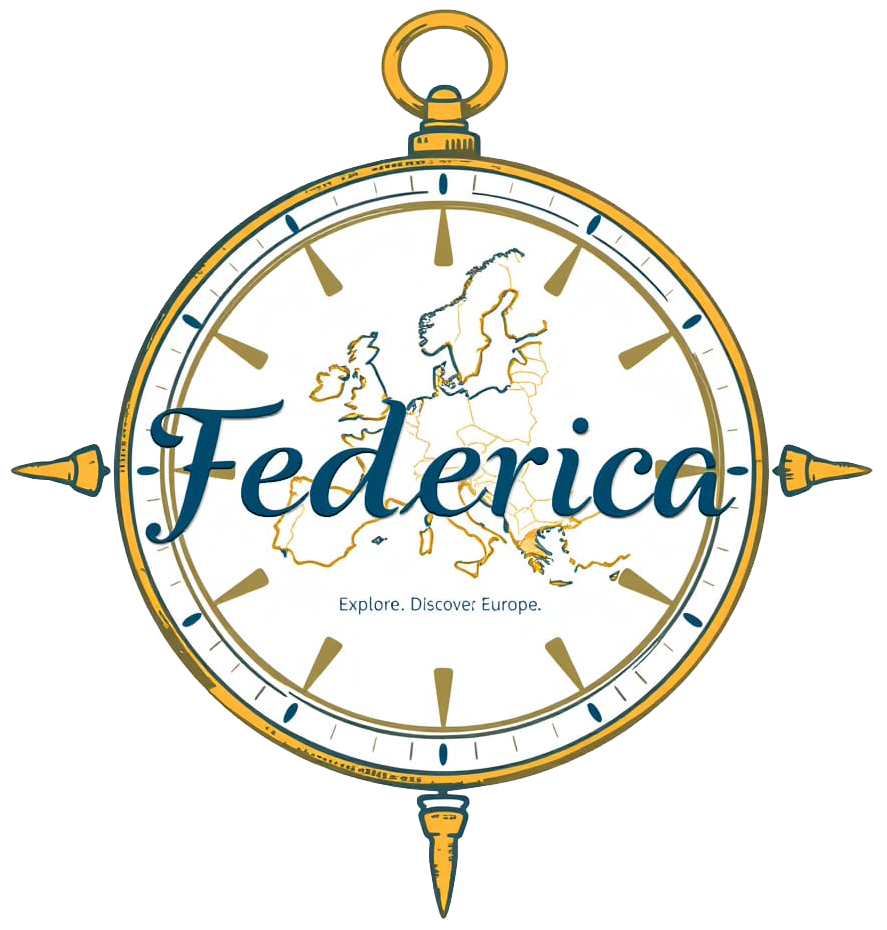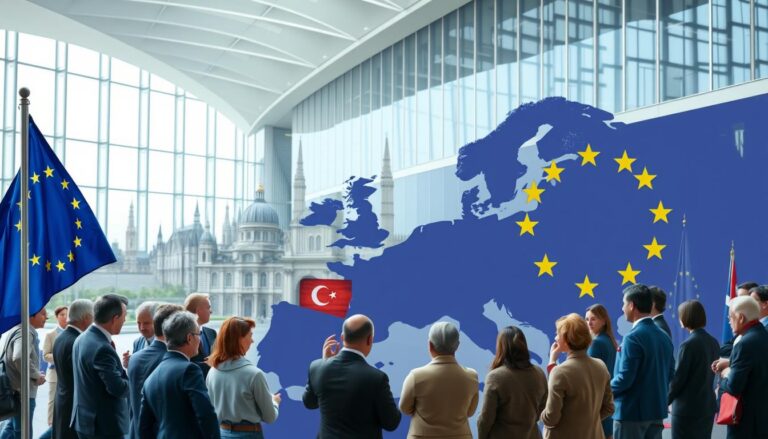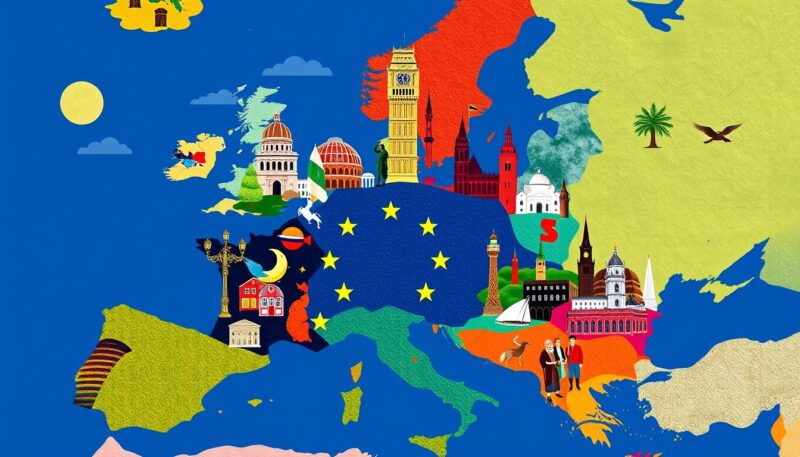The European Union, as we know it today, traces its origins to a post-war Europe on the brink of recovery and in search of peace and unity. You may be aware that after the devastation of World War II, Europe was left in a state of disarray and searching for a path forward. The idea of European integration was born out of the necessity to prevent future conflicts and rebuild a continent fraught with economic and political turmoil. This period marked the beginning of a profound journey towards the formation of what is now known as the European Union.
The first steps towards European integration were taken with the creation of the European Coal and Steel Community (ECSC) in 1951. This ground-breaking initiative brought together six countries: Germany, France, Italy, the Netherlands, Belgium, and Luxembourg. By managing coal and steel production collectively, these nations aimed to foster economic collaboration and prevent the resurgence of militarism.
Significant milestones followed, such as the signing of the Treaty of Rome in 1957, which established the European Economic Community (EEC) and marked a pivotal moment in the history of the EU. This treaty aimed to create a common market and promote economic integration among the member states, further stabilising and strengthening Europe.
The Origins of the European Union can also be traced back to key figures and visionary leaders like Robert Schuman, who played a crucial role with the Schuman Declaration on 9 May 1950. This date is commemorated annually as ‘Europe Day’ in honour of the Schuman Plan, emphasizing the EU’s continual dedication to unity and peace.
The timeline of the history of the EU is marked with numerous transformative events. The European Convention on Human Rights, which came into force on 3 September 1953, set a precedent for protecting and promoting fundamental rights across the continent. This period of the EU’s history is characterised by bold steps towards ensuring stability and security for all European citizens.
Understanding the EU founding members and the events that shaped the history of the EU is essential to grasp how interconnected and interdependent the member countries have become. The journey of the EU is a testament to what can be achieved through cooperation and mutual understanding, serving as an inspiration for future generations and other regions in the world.
The Birth of European Integration
The cataclysm of World War II left Europe in ruins with millions of people dead, injured, or displaced, prompting key political figures to seek durable peace solutions. The establishment of organisations like NATO and the Council of Europe aimed to foster security and promote democratic values. These efforts laid the groundwork for European integration, ensuring that the continent would never again endure such devastation.
The Schuman Declaration in 1950 played a pivotal role in the quest for peace and unity. Robert Schuman, then French Foreign Minister, proposed the creation of a European organisation that would manage the coal and steel industries, two of the most vital sectors for any military effort. This proposal eventually led to the signing of the Treaty of Paris on April 18, 1951, and the formation of the European Coal and Steel Community (ECSC). The ECSC was significant not only for its role in regulating crucial resources but also for its broader implications for European integration.
The founding countries of the ECSC—Belgium, France, Germany, Italy, Luxembourg, and the Netherlands—marked a critical step towards unity. The ECSC established several institutions, such as the High Authority, Parliamentary Assembly, Council of Ministers, Court of Justice, and Consultative Committee, which helped solidify cooperation and trust among the member states.
The next milestone in the journey of European integration was the signing of the Treaty of Rome on March 25, 1957. This treaty, which came into force on January 1, 1958, laid the foundation for the European Economic Community (EEC) and the European Atomic Energy Community (Euratom). While the EEC aimed to create a common market with the free movement of goods, persons, capital, and services, Euratom focused on coordinating the peaceful use of nuclear energy among member states.
Efforts to integrate Europe continued, cementing a shared commitment to peace, stability, and prosperity. These foundational treaties—the Treaty of Paris and the Treaty of Rome—were instrumental in shaping a united Europe, transforming a war-torn continent into a bastion of cooperation and progress.
| Treaties | Significant Dates | Key Objectives |
|---|---|---|
| Treaty of Paris | April 18, 1951 – July 25, 1952 | Establish ECSC to regulate coal and steel industries |
| Treaty of Rome | March 25, 1957 – January 1, 1958 | Create EEC and Euratom for common market and peaceful use of nuclear energy |
These treaties were not merely legal documents; they represented a philosophical shift towards lasting peace and economic collaboration. The Treaty of Paris created the ECSC, whose treaty expired on July 23, 2002, and its assets were assigned to the Research Fund for Coal and Steel for further research. The Treaty of Rome broke new ground, setting up frameworks that allowed for the free movement of goods, people, capital, and services among the member states.
The Origins of the European Union
The trajectory of the European Union has been marked by significant milestones since the early 1950s. The foundational moment was the Schuman Declaration, which paved the way for the establishment of the European Coal and Steel Community (ECSC) in 1951. This pioneering move created a free-trade area for essential resources such as coal and steel, involving Belgium, France, Italy, Luxembourg, the Netherlands, and West Germany—the six founding members.
The formation of the ECSC heralded the advent of supranational institutions, including a High Authority and a Council of Ministers. This initiative aimed to foster economic collaboration among European nations and laid the groundwork for further integration. Building on this momentum, the 1957 Treaties of Rome established the European Economic Community (EEC) and the European Atomic Energy Community, expanding the cooperative efforts to broader economic activities.
A transformative chapter in the European Union development was the Maastricht Treaty, which came into force on November 1, 1993. This landmark treaty established the European Union, introducing the euro and initiating the economic and monetary union. The Maastricht Treaty facilitated deeper political and economic integration, marking a significant shift in the EU treaties framework.
The European Union’s evolution continued with notable expansions and the introduction of new policies. Denmark, Ireland, and the United Kingdom joined in 1973, followed by the significant enlargement to include Eastern European countries post-Soviet Union collapse. The EU’s current form and international legal entity status were solidified with the Treaty of Lisbon in 2009.
The EU, comprising 27 countries, generated a gross domestic product (GDP) of 14.45 trillion euros in 2021. The GDP per capita in 2024 was around $62,660 (PPP).
The impact of these historical milestones on today’s European Union is profound. From the ECSC’s modest beginnings, the vision of economic and political unity has grown into a formidable entity that, in 2012, was awarded the Nobel Prize for Peace. Through various EU treaties and policies, the European Union remains a model of regional integration and cooperation.
| Year | Event | Details |
|---|---|---|
| 1951 | Formation of ECSC | Established free-trade for coal and steel among six nations. |
| 1957 | Treaties of Rome | Created European Economic Community and European Atomic Energy Community. |
| 1993 | Maastricht Treaty | Formally established the European Union and the euro. |
| 2009 | Treaty of Lisbon | Provided the EU with international legal entity status. |
| 2012 | Nobel Peace Prize | EU recognised for its contributions to peace and stability. |
Conclusion
The journey of the European Union from a war-torn continent to a symbol of unity and stability is a powerful testament to the shared visions of its founding members. Reflecting on the key moments in EU history, it is evident that the early EU leaders laid down foundational principles aimed at fostering unprecedented peace, stability, and prosperity.
One of the critical European Union milestones was the shift to direct elections for the European Parliament in 1979. This significant change from appointed members to elected representatives marked a new era of democratic governance. Over the decades, the Parliament has seen numerous enlargements, reflecting a growing and inclusive Europe. From the inclusion of the United Kingdom, Denmark, and Ireland in 1973, to the accession of Bulgaria and Romania in 2007, each enlargement has enriched the EU’s diversity and strengthened its political and economic clout.
The European Union’s commitment to legislative collaboration has brought about substantial economic benefits. Recent research indicates that European Parliament legislation contributes over EUR one trillion annually to the EU’s GDP, highlighting its role in supporting growth and strengthening rights for EU residents and businesses.
Furthermore, the EU has demonstrated its resolve to address global challenges. The European Green Deal, for instance, underscores a commitment to climate action, aiming to achieve climate neutrality by 2050 and significant reductions in greenhouse gas emissions by 2030. Investments in sustainable projects and digitisation are not only transforming industries but also ensuring that no region is left behind, emphasizing social and environmental responsibility.
In summary, the EU’s founding principles of unity, peace, and prosperity continue to drive its evolution. By embracing change and upholding shared ideals, the European Union stands as a beacon of collaboration and resilience, paving the way for a stable and prosperous future for Europe and beyond.


